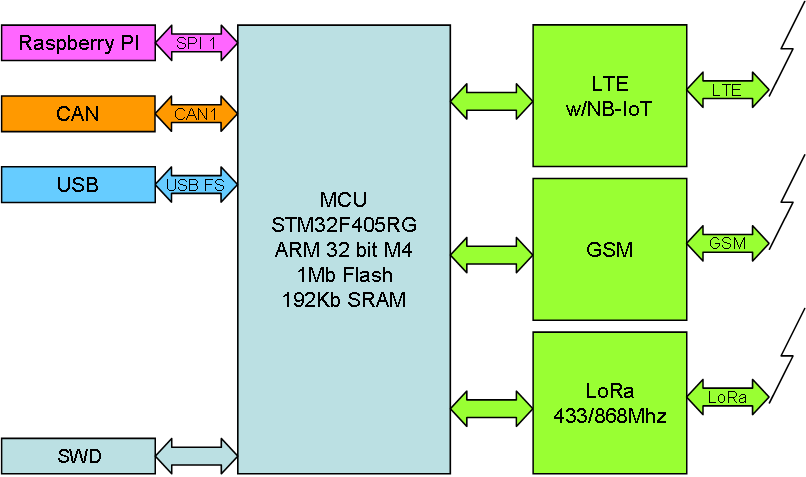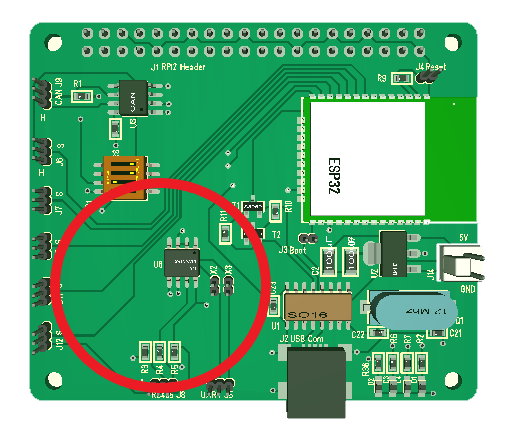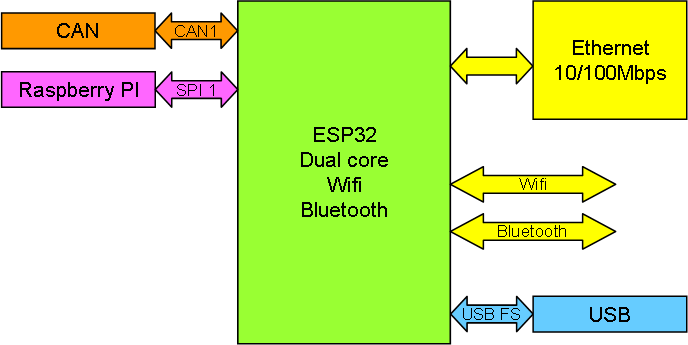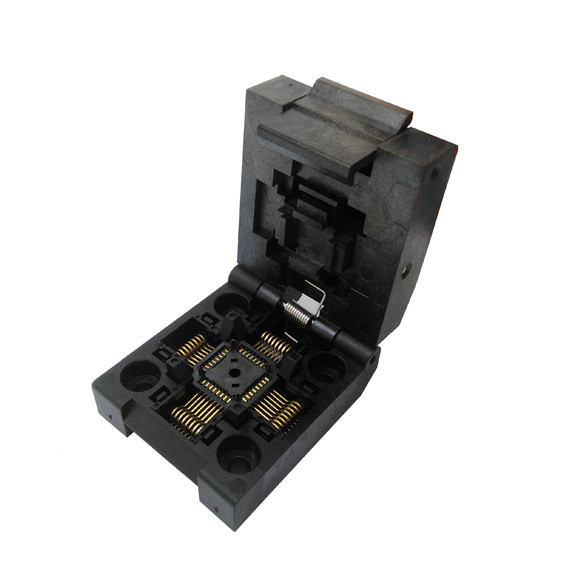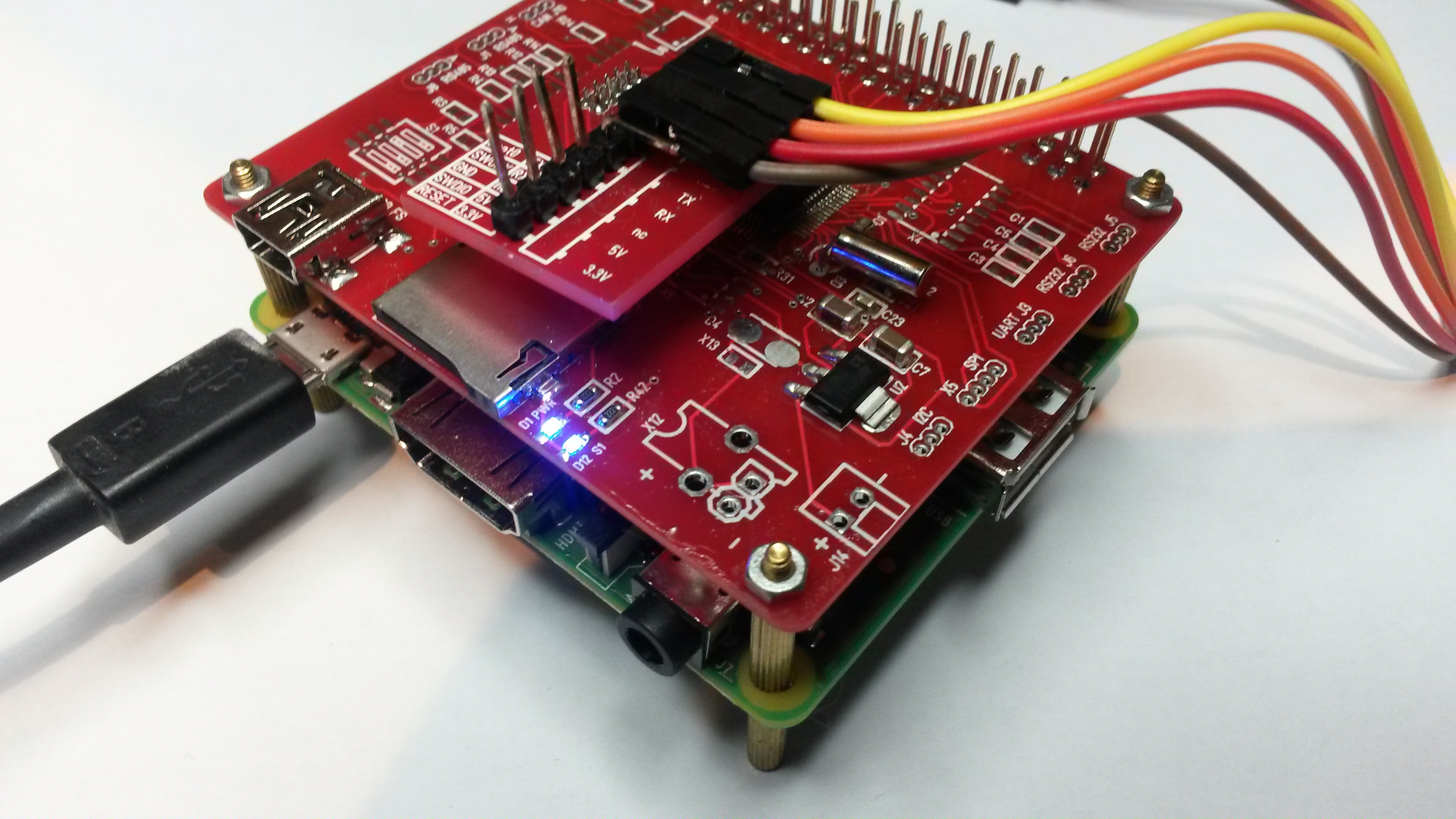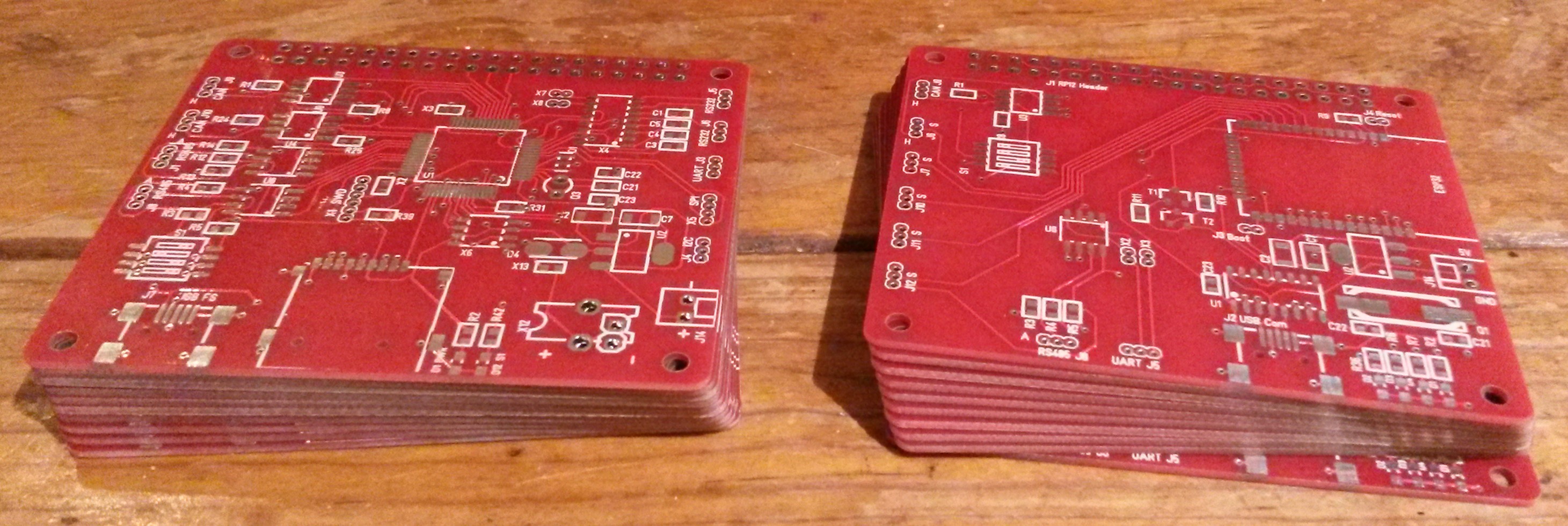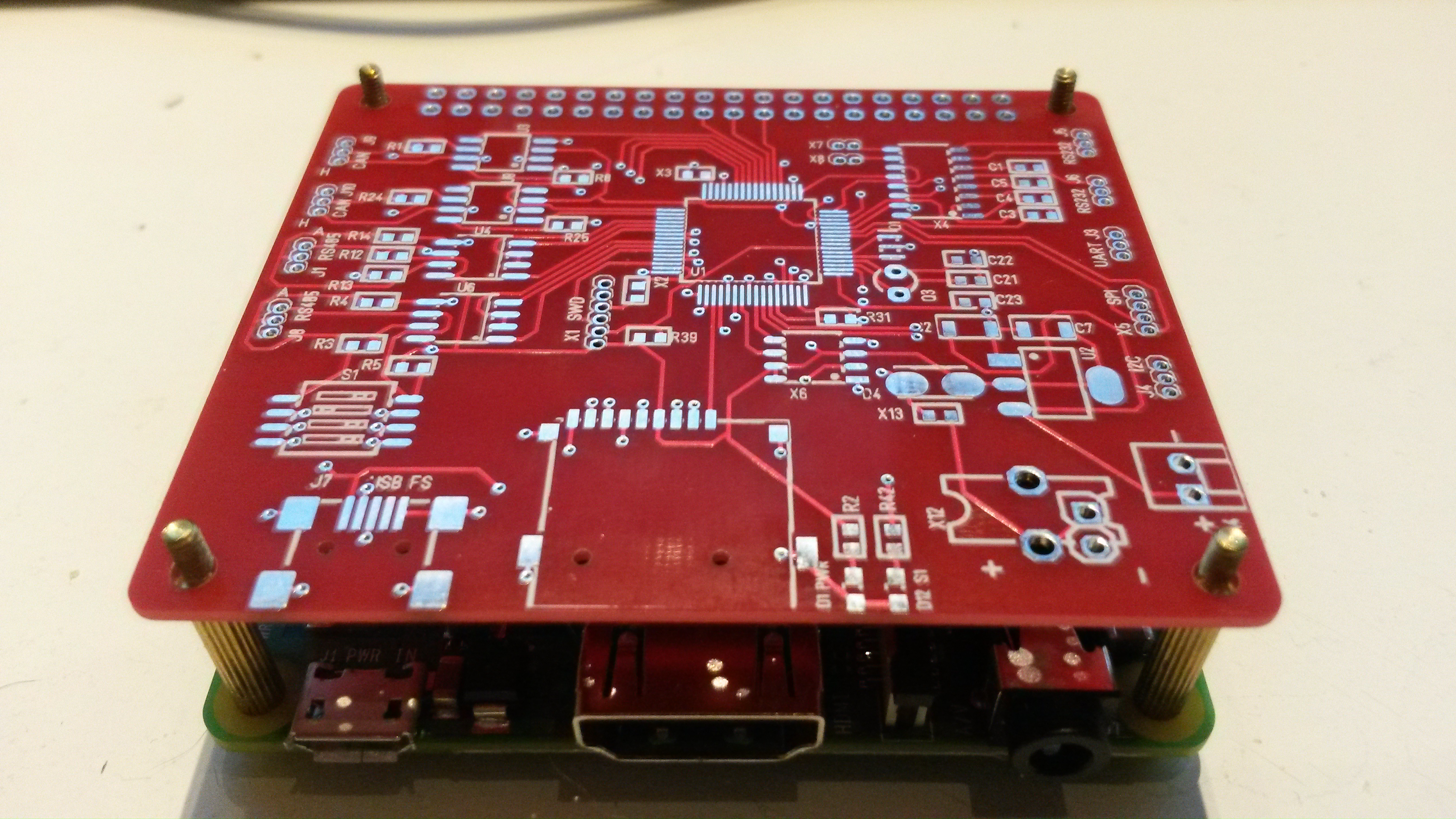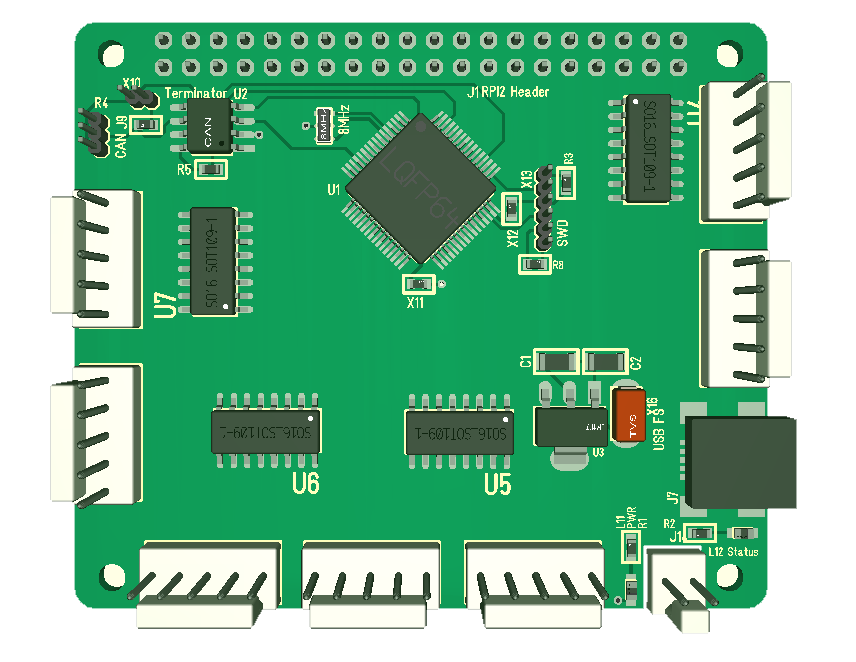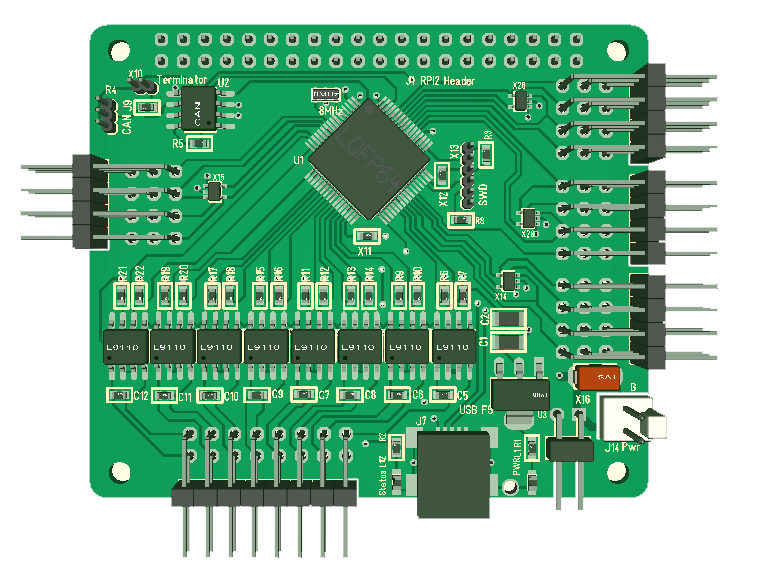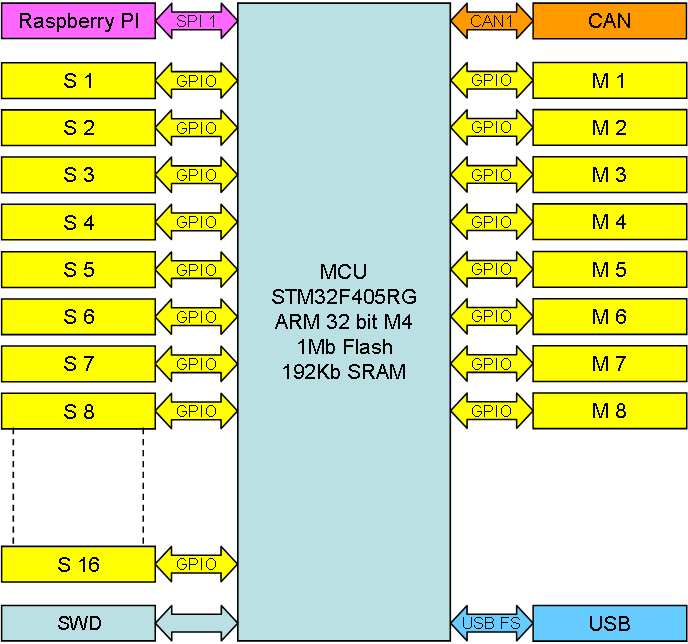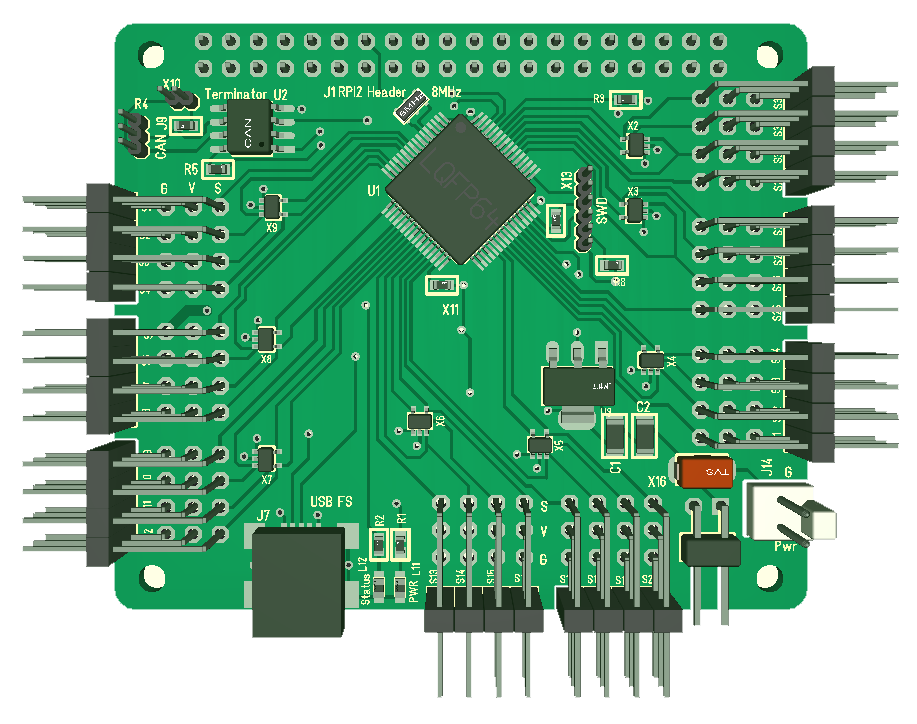I drafted a GSM/GPS module some time ago, but I never ordered it as I decided to ditch that PLC design and pick up a smaller footprint. Time has changed so I want to make a new approach.
Using STM32F405RG as core I want to add NB-IoT, LoRa and GPS capabilities.
NB-IoT is a new 4G service allowing 300Kbps, low cost data links over mobile networks.
LoRa is Long Range radio and cover 433Mhz and 868Mhz modules to communicate up to 12 km with 300kbps speed.
GPS is as you know a system using satellites to detect position.
I want to make Raspberry PI Hat’s with these breakout’s. Looking into the practicalities I probably need 2 hat’s for this due to space restrictions. All three of these will need high frequency antennas, so I might for that reason alone need 3 Hat’s. Let’s see where we end up.
A natural infrastructure is that you use NB-IoT to reach remote places and then WiFi or LoRa locally. Both Wifi and LoRa units are secure these days. My real reasons for doing this has to be secret as I basically need these components for a test-bed/prototype and this is a great opportunity to add components to a modular Control system that is excellent for home automation and prototyping.
